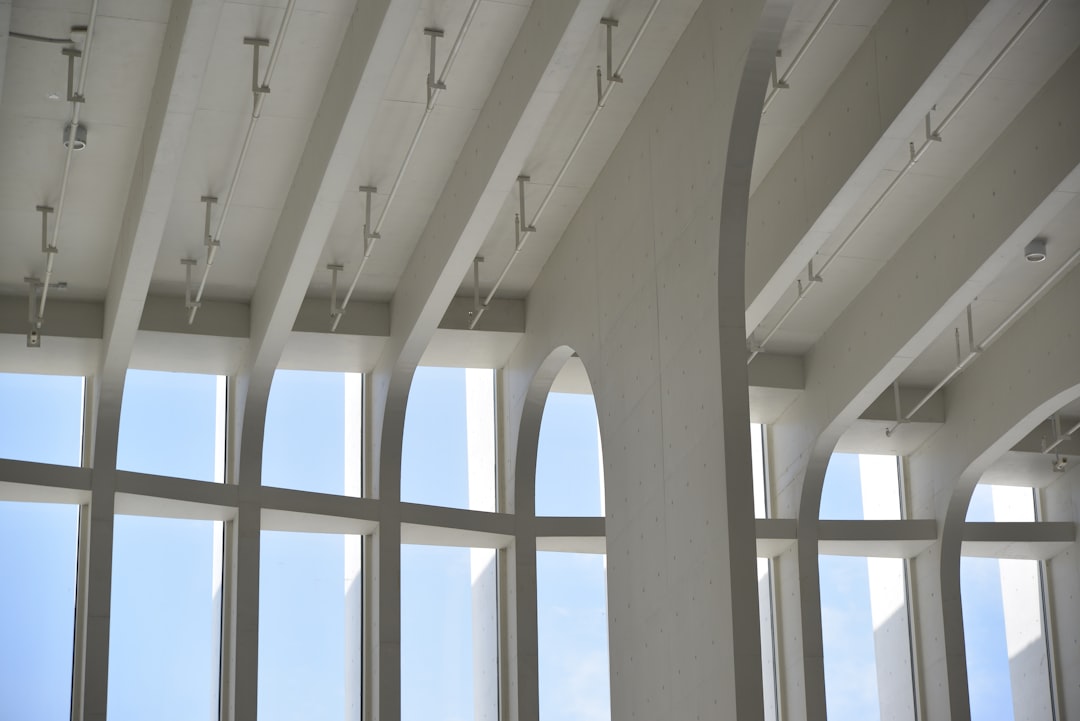
Removing ceiling texture is a significant upgrade in residential construction, with costs typically ranging from $2.50 to $3.50 per square foot for 8-foot ceilings under 500 sq ft, including paint. For vaulted ceilings or heights over 12 ft, expect to add 30-40% for staging and fall protection. Asbestos abatement in pre-1980 homes can add $3 to $7 per sq ft, depending on jurisdiction.
Textured ceilings, such as 'popcorn' or 'knockdown,' are outdated and can trap dust and hide moisture issues. Smooth ceilings not only enhance aesthetics but also improve energy performance by creating a continuous air barrier. They simplify future lighting or HVAC upgrades and improve indoor air quality by eliminating dust collectors.
AI-driven tools optimize every phase of ceiling texture removal, from scope creation to final punch-list. AI-powered voice capture converts on-site conversations into detailed task lists, material counts, and live costings, providing real-time estimates before the project begins.
1. Site evaluation and voice-note capture with mobile app
2. Instant AI estimate delivered to the client's inbox for approval
3. Dust and furniture protection using full-room containment methods
4. Moisture and asbestos testing (when applicable) for safe removal
5. Wet scrape or skim-coat system selected based on substrate condition
6. Precision sanding with dust extraction units for a glass-smooth surface
7. Primer-sealer to lock down residual fibers and equalize porosity
8. Final paint application in the client's chosen sheen and color
9. Digital punch-list walkthrough and instant invoice via CountBricks.com
Surface Prep: A textured ceiling can absorb nearly two gallons of water per 100 sq ft during wet scraping. Calculating the exact moisture load prevents drywall sag.
Containment: Poly sheeting, zip poles, and negative air machines are factored into estimates, protecting adjacent rooms and HVAC returns.
Finishing Compounds: Lightweight setting-type joint compounds achieve a 45-minute working time—ideal for occupied residences.
Labor Rates: Because removal is messy and labor-intensive, many contractors misprice the task. Referencing regional prevailing wages ensures competitiveness and profitability.
Manual tape measurements often miss soffits, trey ceilings, or closets. AI blueprint takeoff scans PDFs or smartphone photos to calculate total surface area within seconds, ensuring accuracy.
Homes built before 1980 may conceal asbestos in the texture compound. Automatic asbestos testing line-items for qualifying properties ensure compliance and safety.
Ceilings demand Level 5 finishing to avoid flashing under raking light. Spec libraries default to Level 5 for all ceiling resurfacing, including additional skim coats and sanding passes.
Auto-generated Gantt charts slot in lead times for testing labs, compound drying, and paint cure, ensuring clear timelines for both clients and crews.
• Reduced allergens once dust-catching texture is gone
• Lower VOC exposure thanks to preferred zero-VOC primers and paints
• Improved lighting efficiency as smooth surfaces reflect up to 20% more lumens
Removing ceiling texture can add 1-3% to a home’s appraised value in markets where modern finishes are expected. On a $750,000 property, that’s $7,500–$22,500—a substantial return on a project that averages $3,000–$6,000.
• AI voice capture eliminates paperwork and double data entry
• Real-time cost engine keeps margins intact when suppliers change pricing
• Branded PDF proposals and e-sign make closing jobs faster
• Automatic change-order tracking prevents unpaid extras
• Field-to-office sync lets the team upload photos, mark tasks complete, and trigger the final invoice—all from their phone

A recent project involved a 2,200 sq ft 1974 ranch home three blocks from the ocean. Salt-laden air and past roof leaks had left yellow stains across the old popcorn texture.
• Voice-note assessment captured 14 minutes of conversation; the AI produced a 42-line estimate in under 60 seconds
• Asbestos test flagged 2% chrysotile. Certified abatement labor, HEPA negative air machines, and compliant disposal fees were automatically inserted
• Skim-coat finish upgraded the ceiling to Level 5, followed by a zero-VOC ceramic matte paint that withstands coastal humidity
• Total duration: 7 calendar days from mobilization to final clean, two days faster than the regional average
• Final invoice matched the approved estimate within 1.2%, thanks to locked-in material pricing
1. Early containment saves hours in cleanup. Software now defaults to full-room poly regardless of square footage when ceilings are over 40 years old.
2. Humidity sensors installed during drywall cure reduced nail-pop callbacks to zero.
• Offer recessed LED upgrades at the estimate stage—smooth ceilings make new lighting pop and increase ticket size by 15% on average.
• Schedule paint cure inspections 24 hours after final coat; AI reminders cut warranty calls dramatically.
• Use blueprint takeoffs to verify rafter spacing before installing heavier finish fixtures like ceiling fans.